Shipping quote request
We’ll calculate the shipping price as soon as getting your request.
Shipping quote request
We’ll calculate the shipping price as soon as getting your request.
You May Also Like
Sponsored Products
Mid-Century Dining Chairs in Turquoise Velvet attributed to E. M. Dettinger, Germany, 1950s, Set of 6
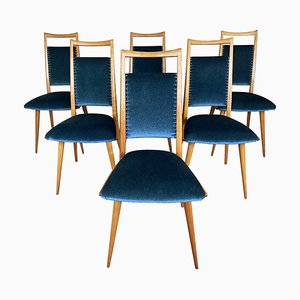
Model 3100 Chair by Arne Jacobsen for Fritz Hansen, 1952
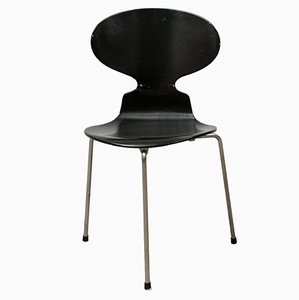
Lulli Chairs by Carlo Rati for Industria Legni Curvati, 1950s, Set of 4
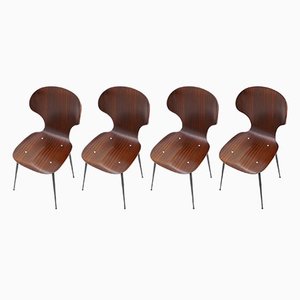
Chairs by Alvar Aalto, 1960s, Set of 4
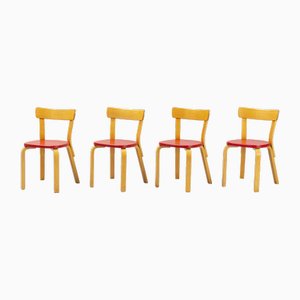
Costes Chairs by Philippe Starck for Driade, Set of 3
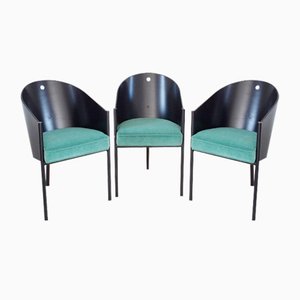
Monk Chairs by Afra & Tobia Scarpa for Molteni, 1973, Set of 12
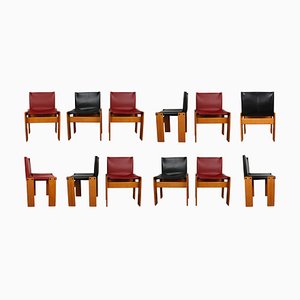
Von Vogelsang Chairs by Philippe Starck via Driade, 1985, Set of 6
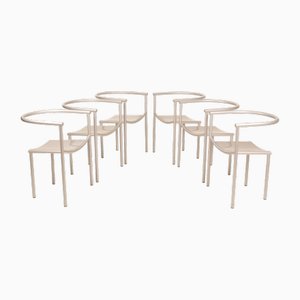
Nordic Pine and Plywood Chairs in the style of Daumiller, 1970s, Set of 2
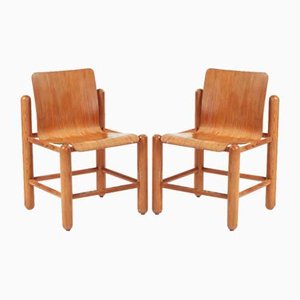
Black and White Square Patterned Chairs by Ico & Luisa Parisi, 1950s, Set of 4

Mid-Century Lollipop Chairs in Yellow Checkered Upholstery by Oswald Haerdtl, Set of 4

Elm & Cognac Leather Dining Room Chairs Set in the style of Pierre Chapo, Italy, 1960s, Set of 4
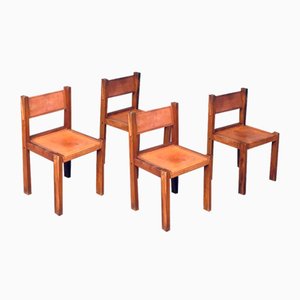
FT30 Chairs by Cees Braakman for Pastoe, 1950s, Set of 4
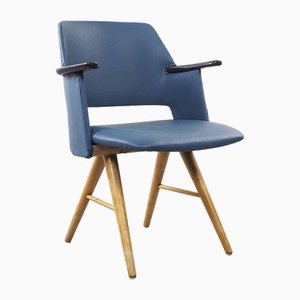
Eye Chairs by Ejvind A. Johansson, 1960s, Set of 4
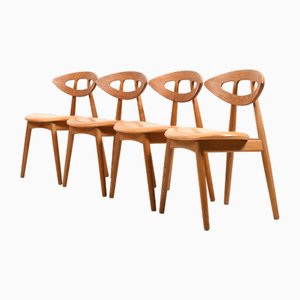
AP-40 Airport Chairs in Steel Tube and Black Leather by Hans J. Wegner, 1959, Set of 6

Antique Queen Anne Style Dining Chairs, Set of 4
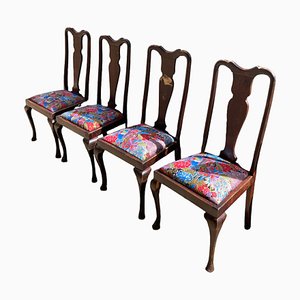
Nobodys Low Chair by Gaetano Pesce, 2003
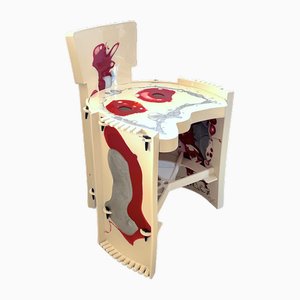
Model 42A Dining Chairs by Helge Sibast for Sibast, 1960s, Set of 8
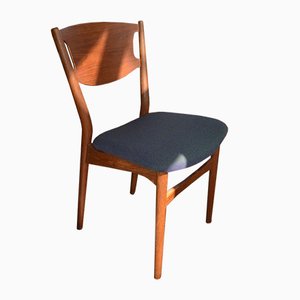
Art Deco Dining Chairs, Set of 5
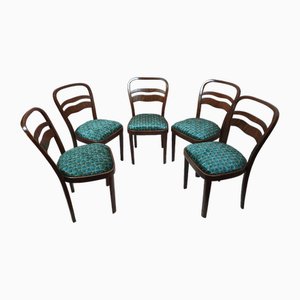
Model Omstak Stacking Chairs by Rodney Kinsman for Bieffeplast, 1960, Set of 9
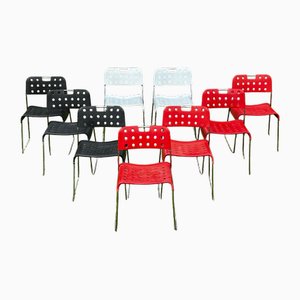
Mid-Century Plia Cane Dining Chairs by Giancarlo Piretti for Castelli / Anonima Castelli, Set of 4

More from this Dealer
Lb7 Modular Bookcase in Teak Wood by Franco Albini for Poggi Pavia, Italy, 1956
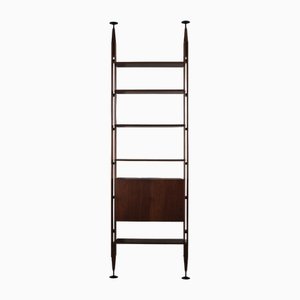
Kono Table in Carrara Marble and Copper by Massimo Vignelli from Casigliani 1980s
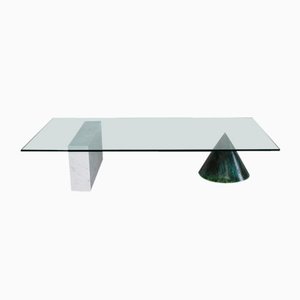
Dialogo Chairs in Leather and Wood by Tobia & Afra Scarpa for B&b Italia / C&b Italia, 1970s, Set of 6
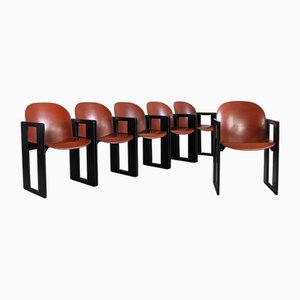
Fireplace Tools in Iron and Wood by Tobia & Afra Scarpa for Dimensione Fuoco, 1981, Set of 6
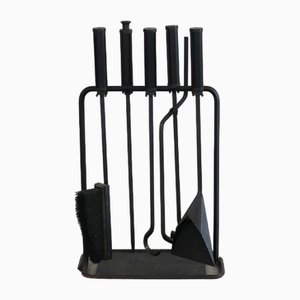
Decorative Bottle in Blue Ceramic by Gio Ponti for Cooperativa Ceramica Imola, Italy, 1993
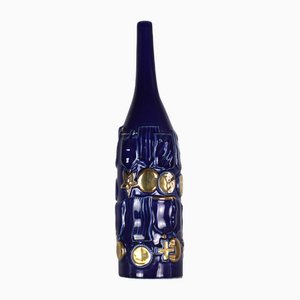
Mid-Century Table Lamp in Glass & Fabric from Stilnovo, 1950s

Round Coffee Table in Walnut and Metal attributed to Gio Ponti, Italy, 1950s
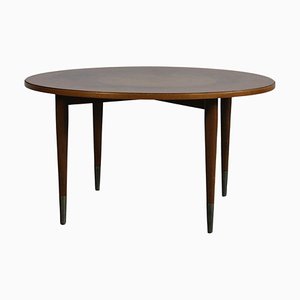
Wood and Glass Ara Console Table by Lella & Massimo Vignelli for Driade, Italy, 1974
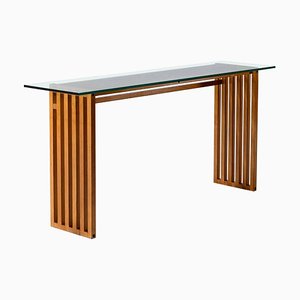
Black Carimate Chairs by Vico Magistretti for Cassina, 1960s, Set of 6
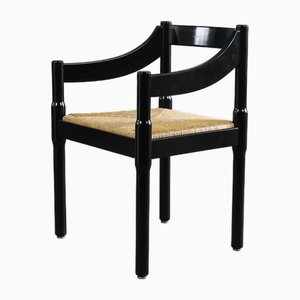
Wooden Coffee Table by Ettore Sottsass for Poltronova, Italy, 1960s
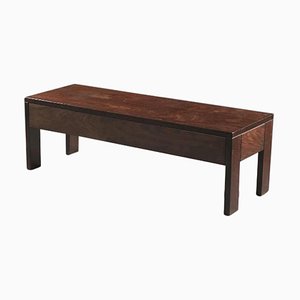
Round Shaped Decorative Vase in Blue Ceramic by Angelo Ungania, 1940s
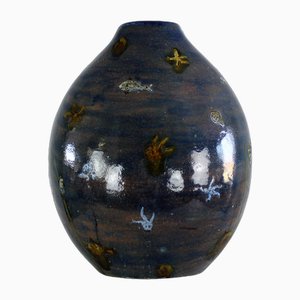
Ceiling Lamp with 3 Opaline Glass Elements Attributed to Stilnovo, Italy, 1970s
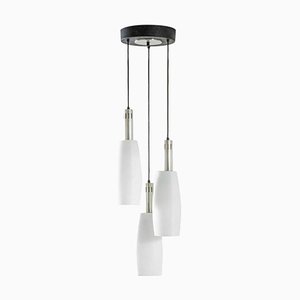
Model 121 Chairs by Afra & Tobia Scarpa for Cassina, Italy, 1960s, Set of 4
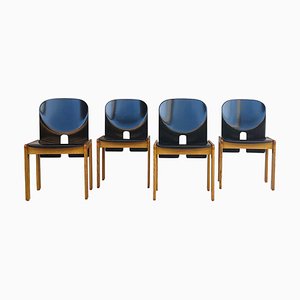
Limited Edition Ceramic Elgin Column by Alessandro Mendini for Superego, 2008
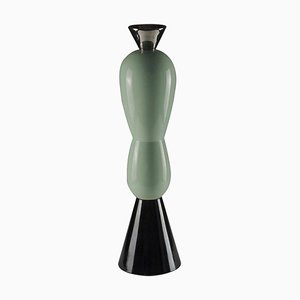
Round Pedestal Table in Steel and Glass by Luigi Saccardo for Maison Jansen, 1970s
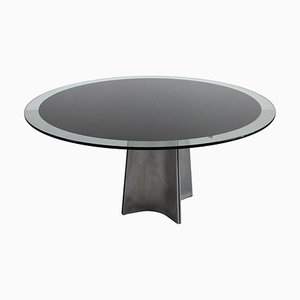
Model 915 Lounge Chair with Footrest in Metal and Leather by Carlo de Carli for Cinova, 1970s, Set of 2
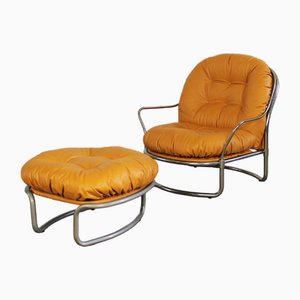
Lacquered Metal Fireplace Tools by Riccado Dalisi, 1980s, Set of 3
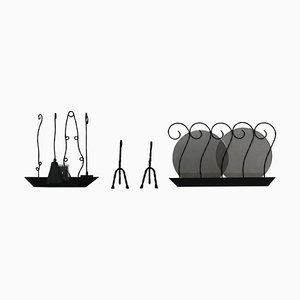
Round Gray Vase in Stoneware by Carlo Zauli, 1960s
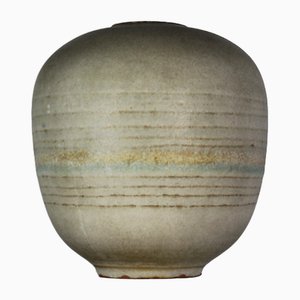
Califfo Sofa in Wood and Velvet attributed to Ettore Sottsass for Poltronova, Italy, 1960s
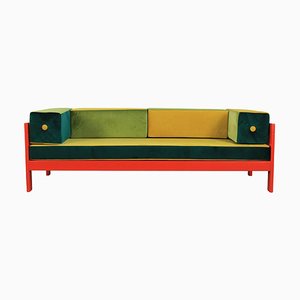
Five Africa Dining Chair Chair by Tobia & Afra Scarpa for Maxalto Artona, Italy, 1970s, Set of 5
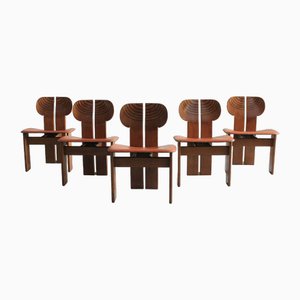
More Products
Get in Touch
Make An Offer
We noticed you are new to Pamono!
Please accept the Terms & Conditions and Privacy Policy
Get in Touch
Make An Offer
Almost There!
To follow your conversation on the platform, please complete the registration. To proceed with your offer on the platform, please complete the registration.Successful
Thanks for your inquiry, someone from our team will be in touch shortly
If you are a Design Professional, please apply here to get the benefits of the Pamono Trade Program